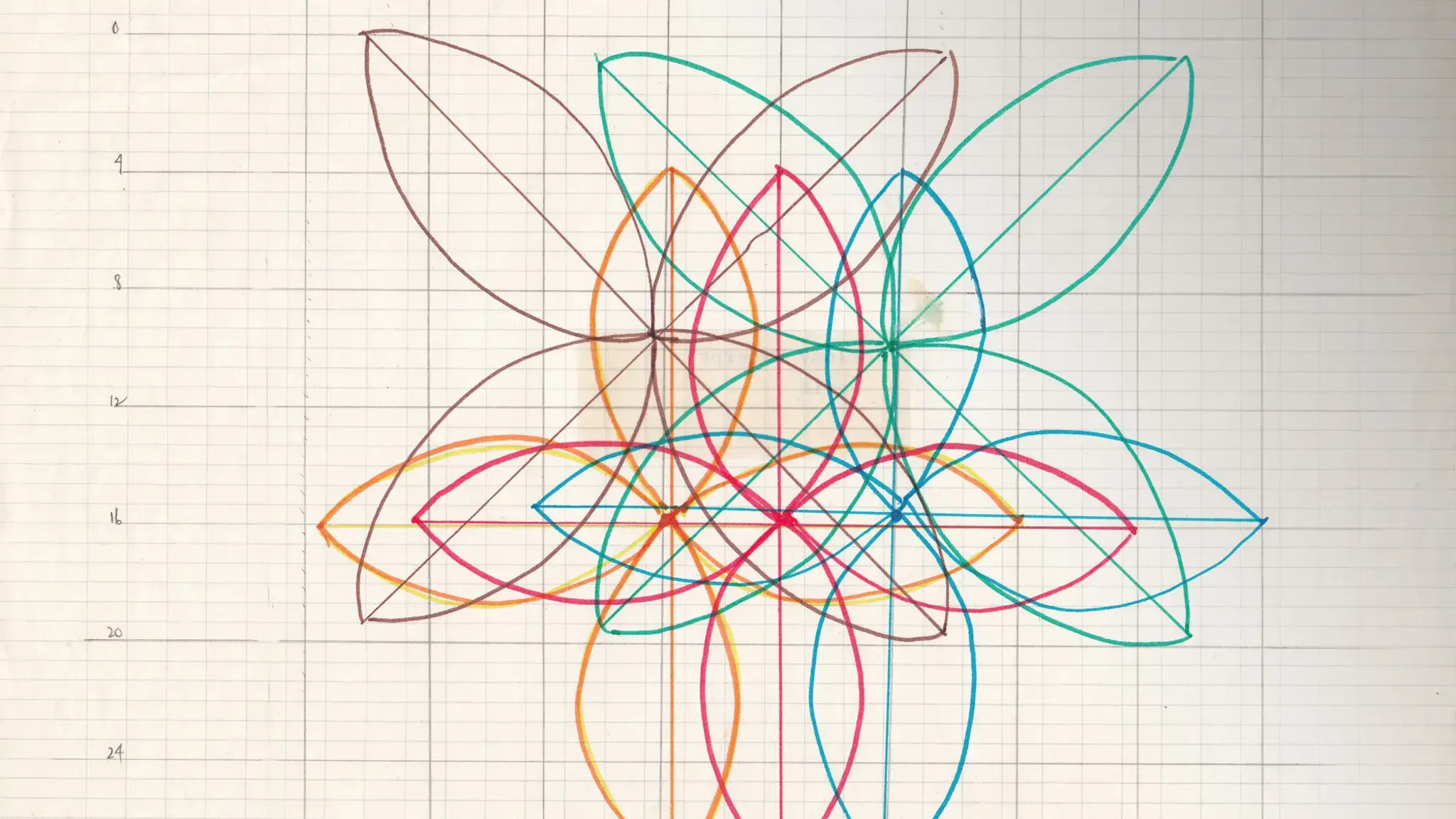

The ever-expanding interest in contemporary performance art worldwide has prompted research into, and an assessment of, its origins and its history. As scant documentation of seminal early performances exists, reconstruction and restaging have become critical methods in understanding these almost-lost moments.
Take for example, our own research into the early work of the choreographer Lucinda Childs. With the aid of a dozen dancers, Childs herself, and her extensive archive—containing scores, notes, and photo-documentation—we resurrected dance-works that had not been performed since the 1960s and ’70s and then video-documented them for posterity.
But restaging and reconstruction are not tools exclusive to dance or performance. Consider their widespread use in the fields of public history and heritage (through restoration, reenactment), visual arts (the re-presentation of an installation, for instance), music (the performers’ interpretation, say, of a score), even theater, which may not use this language, per se, but which so often revisits, revives, and re-considers that which has been done before.
The collection of essays and other items in this section explore the idea of “doing again”—what some have called the “RE- issue”—from a variety of perspectives, disciplinary and otherwise. All have been newly commissioned by us for publication here.
We kick off with a foreword proposed by Pierre Bal-Blanc, director and curator of CAC Brétigny in France. We asked Bal-Blanc to muse on this issue with us, and to answer the question: “Why are so many interested in the issues of restaging now?” He responded provocatively.
In response to your invitation, I would rather perform my position than produce a short synthesis. I tried to compile some words around, “Reiteration – Reversibility – Reassignment,” but it would take too long to reach a clear point. My proposal to you is to publish “Second Preface for The History of Madness,” written by Michel Foucault for his book History of Madness (1961), reprinted in 1972. My wish is to make clear that Foucault did not just explain the pathology of repetition and the challenge of reiteration, but that he performed them as well. I think this is a good response to your question “Why now?”, and it also pins down one of the main topics associated with “Re”, which is: authorship and obsession.
Bal-Blanc’s foreword is accompanied by essays by dance scholar Linda Caruso-Haviland—on William Forsythe’s ballets and other topics—an interview with the late artist Jason Rhoades’ studio manager on rebuilding his sprawling installations, and much more. In this line of inquiry, what we hope to get at are: What are the motivations and challenges of restaging and reconstructing for practitioners working across a variety of creative disciplines? How do the concerns differ from one to the next? These are some of the questions we are asking ourselves.